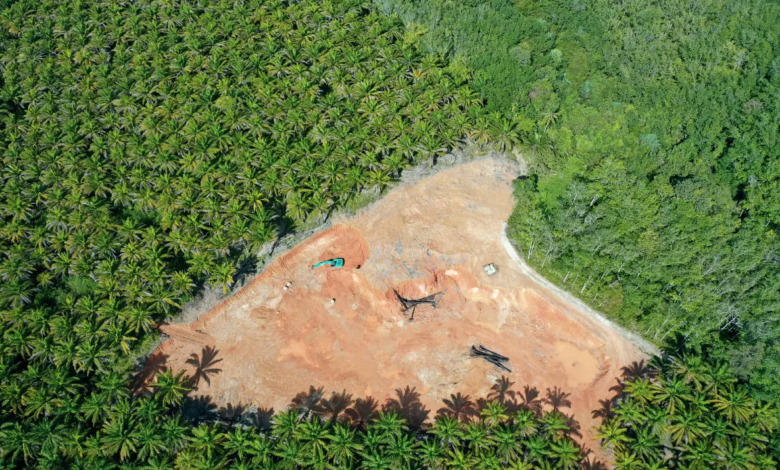Primary tropical forest destruction devours an area as large as Holland
In 2022, deforestation of intact forests in the tropics grew by 10%
(sustainabilityenvironment.com) – Eleven football fields per minute, for a whole year. At this rate deforestation has advanced in the Tropics in 2022. An increase of 10% over the previous year, despite the promises of 145 countries at COP26 in Glasgow to stop and reverse the loss of forests in the world. Last year, primary tropical forest destruction reached 41,000 km2, an area as large as the entire Netherlands.
The data provided by Global Forest Watch, a project of the World Resources Institute, do not concern the entire amount of deforestation in the world but only the amount that concerns the primary tropical forest, that is, those areas that have not been cleared or re-grown in recent history. These are mature, long-growing forests, the most valuable for the ecosystem services they provide and the most resilient to climate change.
The primary tropical forest destruction in 2022
These features make primary tropical forest destruction particularly important to monitor and minimize. Only the losses of 2022, in fact, are equivalent to the emission into the atmosphere of 2.1 GtCO2 (billions of tons of CO2), practically the greenhouse gases that generates in a year the fourth world polluter, India. And while in Asia the countries with the largest extension of tropical forests have achieved good results, Africa and Latin America struggle to curb deforestation or go in the opposite direction.
Read also The first significant decrease in deforestation in the Brazilian Amazon since Lula
Indonesia and Malaysia, explains the Global Forest Watch report, have kept the deforestation rate close to record low, with reductions of 64 and 57% respectively. While Brazil – in that year still under Bolsonaro – weighs alone for 40% of the primary tropical forest destruction of 2022. Bad also the Democratic Republic of the Congo and Bolivia, which rise to 2 and 3 people. place in the ranking of the worst countries. Growth also sustained in Ghana (+71%), where it is concentrated in protected areas adjacent to cocoa plantations, followed by Bolivia (+59%), Angola (+52%) and Cameroon (+40%).






